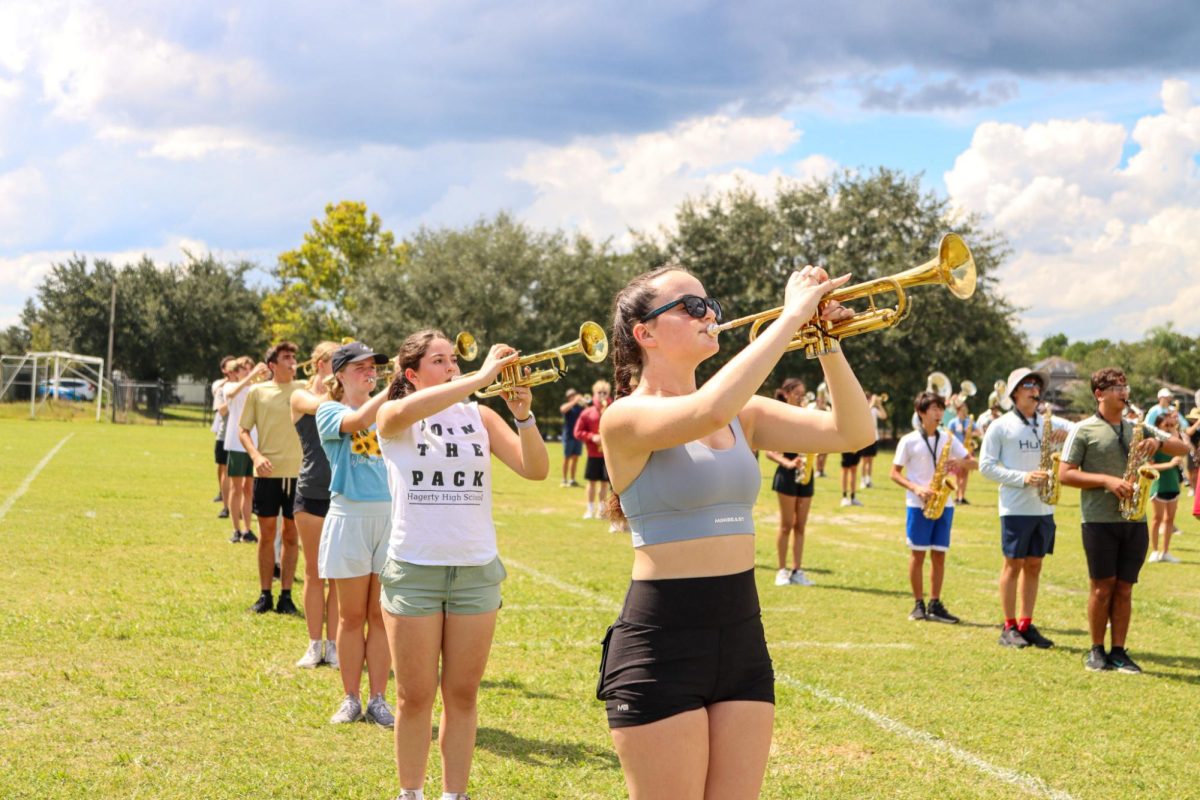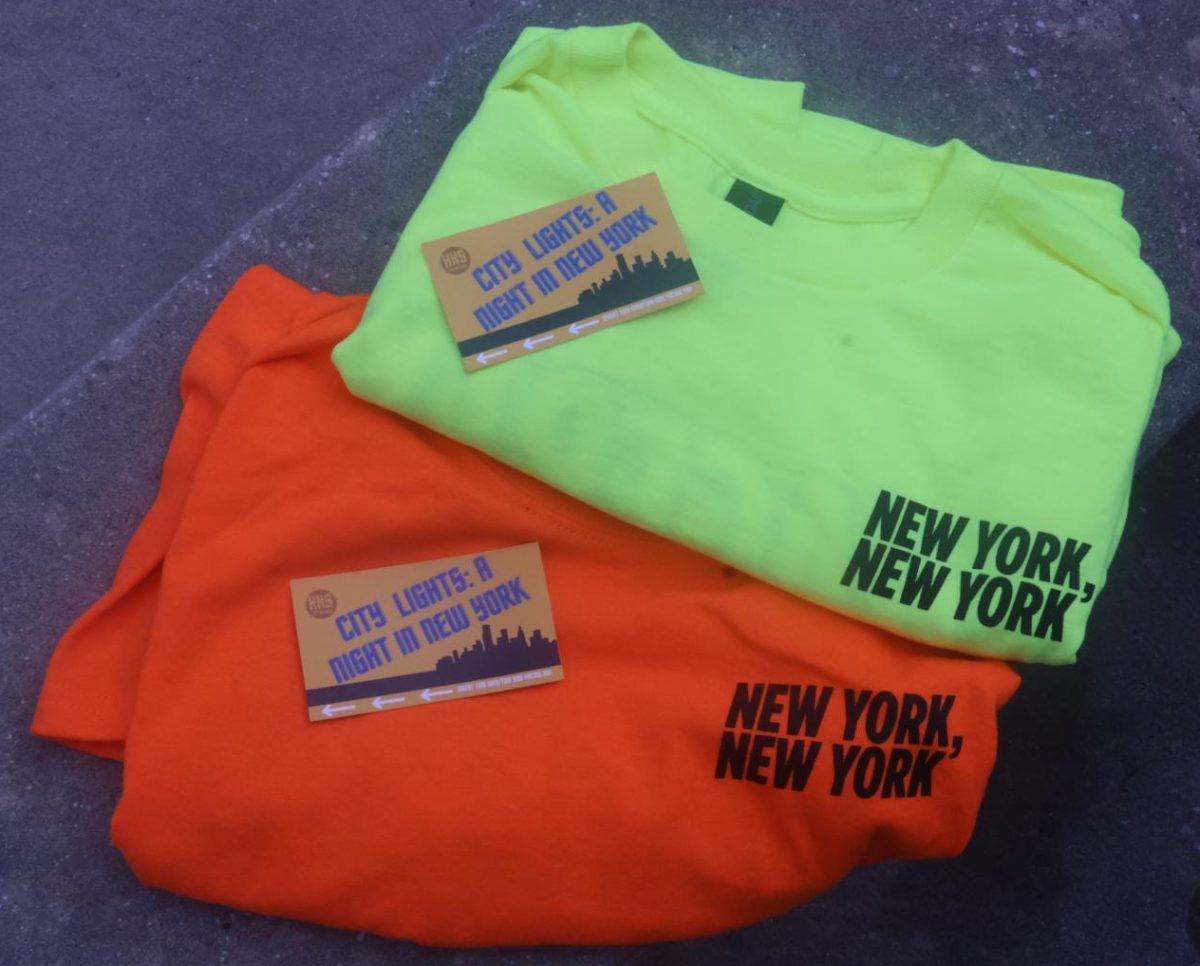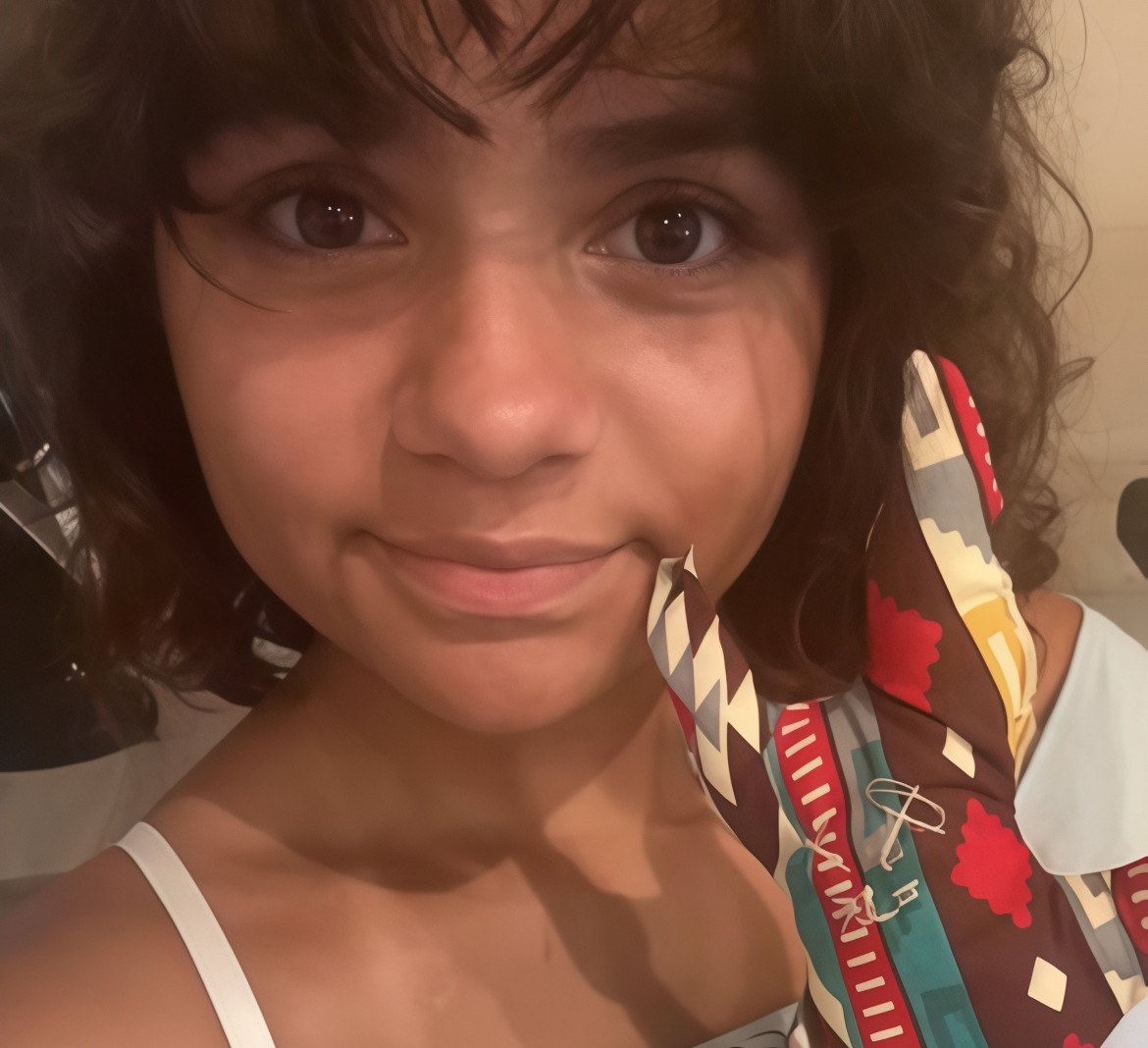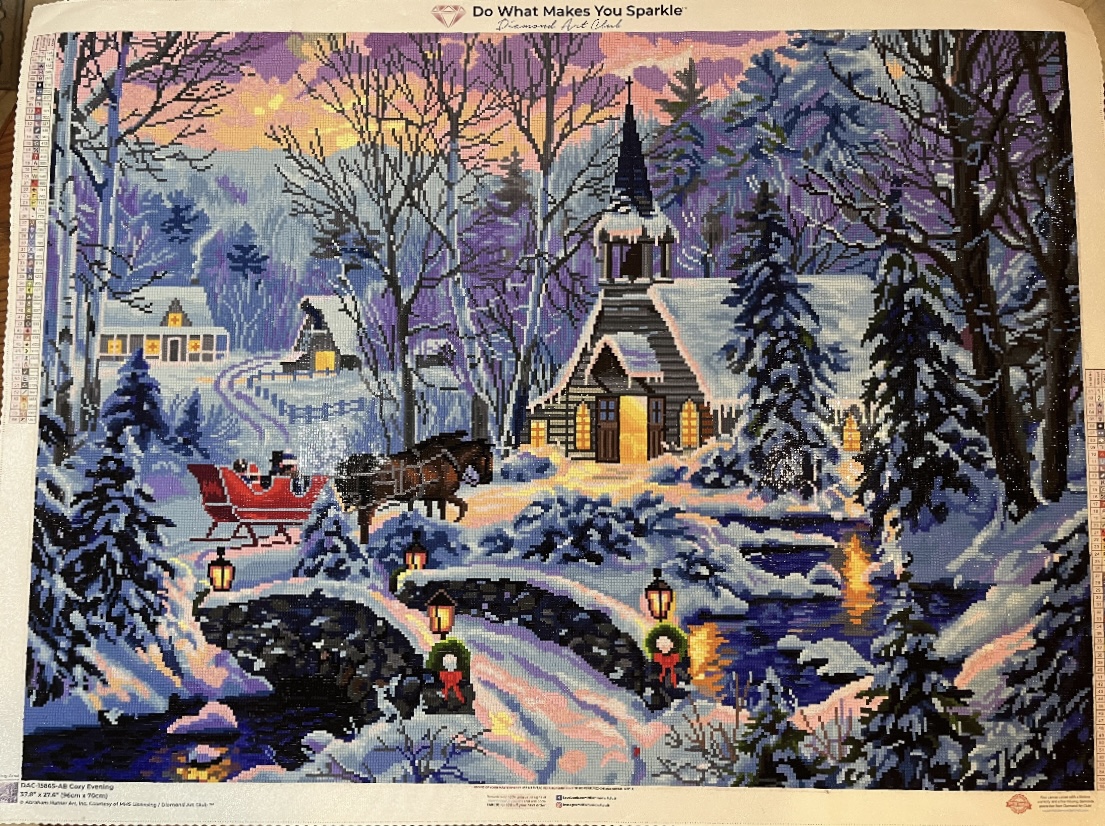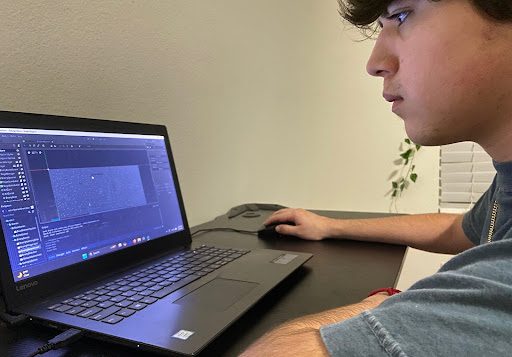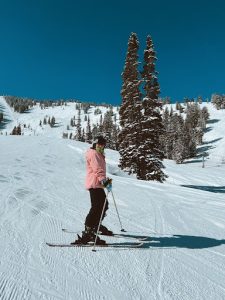
At the top of a mountain, looking down at the snowy slope below her, senior Cora McCandrew feels the rush of adrenaline that keeps her coming back to skiing every year.
Stepping on the slopes for the first time, 4-year-old McCandrew had nothing but her ski poles to guide her. McCandrew’s early hesitation gave way to curiosity due to her mom being an experienced skier herself, leading her to discover a passion she would revisit for years to come.
“My mom was on the ski team in high school and college, and she still does it today as a hobby, but she introduced it to me when I was really young,” McCandrew said. “She’s the reason I love [skiing] as much as I do today. Without her pushing me, I don’t think I ever would’ve started.”
Despite living in Florida, McCandrew did not learn to ski in an artificial ski park. Growing up in Pennsylvania and taking frequent trips to New Hampshire, McCandrew’s first experiences with the sport took place on real mountains, spending two weeks every other month at ski resorts.
“I don’t actually remember [my first time], but I definitely remember doing it a lot when I was younger,” McCandrew said. “I remember balancing: I was really bad at not falling over on the skis and keeping my balance. I had my mom next to me to watch me and make sure I didn’t fall over, and then I always used ski poles to keep my balance.”
While many people envision skiing as sliding straight down mountainsides, there are actually many variations. Downhill skiing is the most popular subtype for both experienced and new skiers, involving being taken up by a chairlift and using two large boards to go down a mountain in one single run.
Mainly participating in downhill skiing, McCandrew favors the rush above all else.
“I love the adrenaline you get at the top of a mountain,” McCandrew said. “Looking down, getting the feeling of knowing you’re about to be going down it at who knows how fast of a speed, there’s nothing to compare it to. There’s no way to describe it.”
Other kinds of skiing can be especially demanding, requiring more strength and control. Cross-country skiing is more popular as a form of exercise, in which skiers traverse flat, remote trails, using poles to push through the snow rather than relying on gravity—some even use it as a form of travel.
Freestyle skiing combines traditional skiing with tricks, as skiers frequently use half-pipes to spring off cliffs, add jumps and spins to their routines and traverse rougher terrain, leaving it reserved to more advanced skiers.
But despite the variation in skiing, living in Florida means that skiing is no longer a regular part of McCandrew’s life. Even with the distance, her family still makes an effort to travel at least once a year to ski resorts. Each trip starts with readjustment, as she must relearn the rhythm of the sport before feeling comfortable again.
“If I’m there for a few days, by the end I’m back to how I normally am and can ski like normal,” McCandrew said. “But on the first day, I’m only still figuring out everything, making sure I can get familiar with balancing and going down slopes.”
Hoping to continue skiing in the future, McCandrew plans to attend college in New Hampshire or Colorado and continue in her mom’s footsteps by joining her college’s skiing team.
“I hope to go to college 15 minutes from the mountains, and spend my time doing it when I can,” McCandrew said. “It’s very difficult, especially in high school, to get out when I know other sports or hobbies I could do aren’t what I really enjoy. So I look forward to be able to get back into it.”



